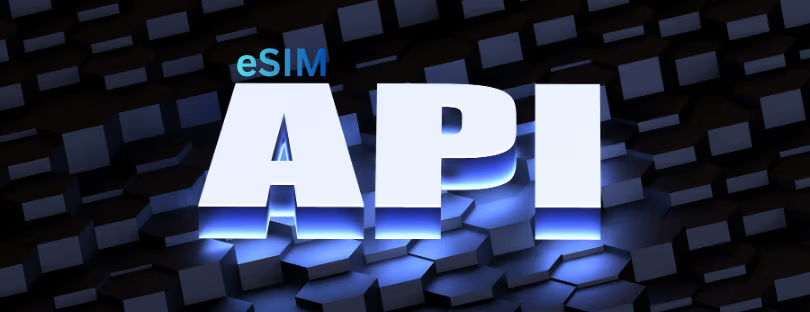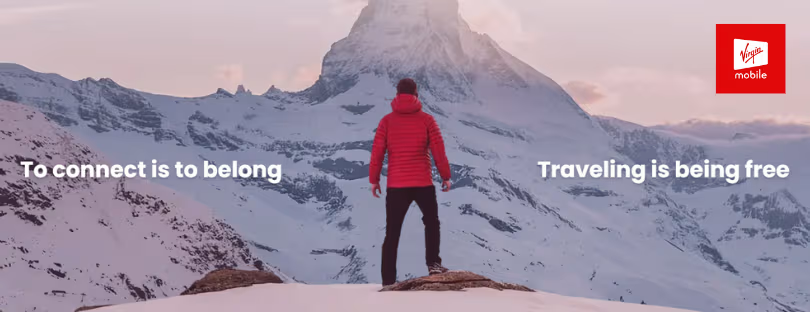
G+D and Sateliot announce first iSIM with cellular and satellite connectivity
Giesecke+Devrient (G+D) and G+D subsidiary Pod Group have agreed to cooperate with Sateliot, a satellite communications network operator headquartered in Barcelona. This will enable G+D to offer users of its IoT services true global coverage. Whenever a terrestrial cellular connection is unavailable, roaming to a satellite network is automatic. iSIM with cellular and satellite connectivity
As a provider of cellular IoT connectivity, G+D subsidiary Pod Group already connects numerous devices across the planet. However, there are areas where there is no or only limited coverage with mobile networks, for example, at sea or in remote or rural areas. G+D is now closing this coverage gap by cooperating with service provider Sateliot, which provides 5G satellite connectivity for IoT.
5G coverage for NB-IoT iSIM with cellular and satellite connectivity
Sateliot is the first provider to operate a low earth orbit (LEO) network that uses identical technologies for satellite and cellular connectivity. Unlike other solution approaches, this makes satellite connectivity available at a low cost by extending the coverage footprint of MNOs and MVNOS through standard roaming integration. The LEO network will consist of a number of nanosatellites with 5G coverage for NB-IoT (Narrowband IoT) in NTN (Non-Terrestrial Network). The first of five nanosatellites this year was sent into space on a SpaceX Falcon 9 rocket on April 15, 2023. Sateliot planning calls for an expansion to 64 nanosatellites in 2024 and 250 in 2025.
Global coverage in G+D’s IoT service offering will be ensured in the future by Sateliot’s satellite-based IoT connectivity and G+D Pod’s cellular mobile network for IoT devices. The IoT devices automatically switch from cellular to satellite communication when needed, without the user noticing. The devices are equipped with G+D’s SIM technology. In principle, classic pluggable SIM cards, eSIMs (embedded SIMs) or iSIMs (integrated SIMs) can be used here.
The iSIM solutions offer users the greatest benefits
They are characterized by low space requirements, optimized energy consumption, and low costs. In addition, iSIMs score highly in terms of sustainability, which is ensured by the absence of any requirement for SIM slots, additional housings, or the use of plastic. iSIMs are therefore increasingly the first choice for secure IoT connectivity in NB-IoT applications.
Users can conveniently manage the SIMs and control all IoT activities via the Pod IoT Suite. They can use it, for example, to analyze data, identify efficiency potential or read off costs.
The potential range of applications for G+D’s new solution and service offering, which will be commercially available from the beginning of 2024, is far-reaching: conceivable applications include asset tracking, metering, smart farming and massive IoT applications in general.
The IoT market is growing dynamically
“The IoT market is growing dynamically, and with our leading IoT solutions, we already provide global connectivity and efficient lifecycle management for IoT applications. The issue of connectivity always remains a challenge. Thanks to our cooperation with Sateliot, we are now opening a new chapter here. Problems with poor network coverage and dead spots will be a thing of the past, thanks to the parallel use of satellite communication. That’s why we also see great market potential for the world’s first iSIM that uses both mobile networks and LEO-based satellite networks,”
explains Philipp Schulte, Head of Connectivity and IoT at G+D.
“Currently, non-terrestrial networks with proprietary technology offered by satellite operators can only connect to equipment from the same company. This exclusivity increases costs and limits access,” points out Gianluca Redolfi, CCO of Sateliot. “Sateliot’s new technology allows all users to seamlessly and cost-effectively connect to the satellite network whenever they need coverage. This means that any NB-IoT device supporting NTN can effortlessly connect to satellite or cellular networks. We expect this to massively drive the adoption of IoT even in the most remote areas.”
About Giesecke+Devrient iSIM with cellular and satellite connectivity
Giesecke+Devrient (G+D) is a global security technology group headquartered in Munich, Germany. As a reliable partner for international customers with the highest standards, G+D’s solutions safeguard the essential values of this world. The company develops customized technology with passion and precision in four core areas: Payment, Connectivity, Identities and Digital Infrastructures.
G+D was founded in 1852. In the fiscal year 2022, the company generated more than 12,600 employees a turnover of 2.53 billion euros. G+D is represented by 103 subsidiaries and joint ventures in 33 countries.
About Sateliot: IoT connectivity is everywhere and for everyone
Sateliot is launching the first LEO satellite constellation based on the 5G standard, allowing unmodified commercial cellular NB-IoT NTN devices to connect from space. It is the first time in history that terrestrial cellular telecommunications seamlessly merge with satellite connectivity, and Sateliot is leading this revolution. Sateliot’s cost-effective technology and the ability to use low-cost commercial devices (under $5) to connect to satellites opens up endless possibilities in the untapped market of massive IoT in remote areas. Sateliot’s mission has a global impact: to make IoT connectivity available everywhere and for everyone.









